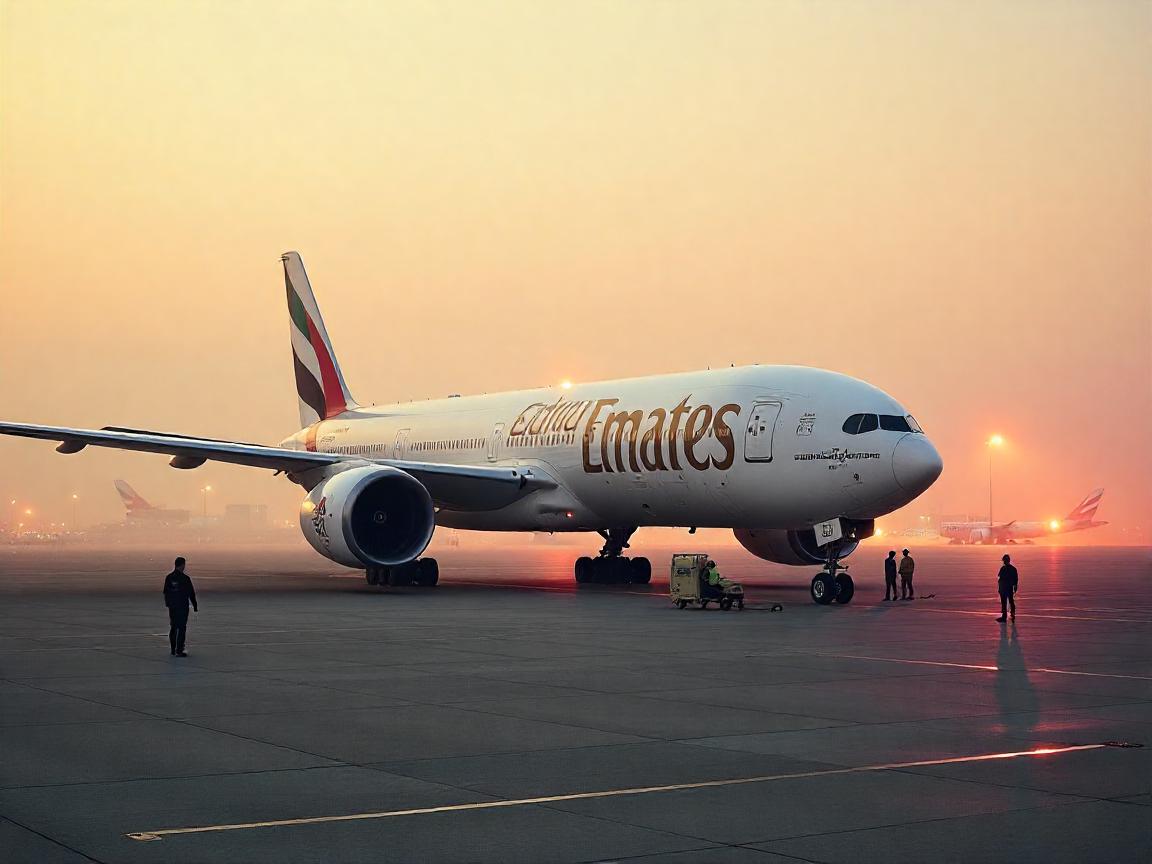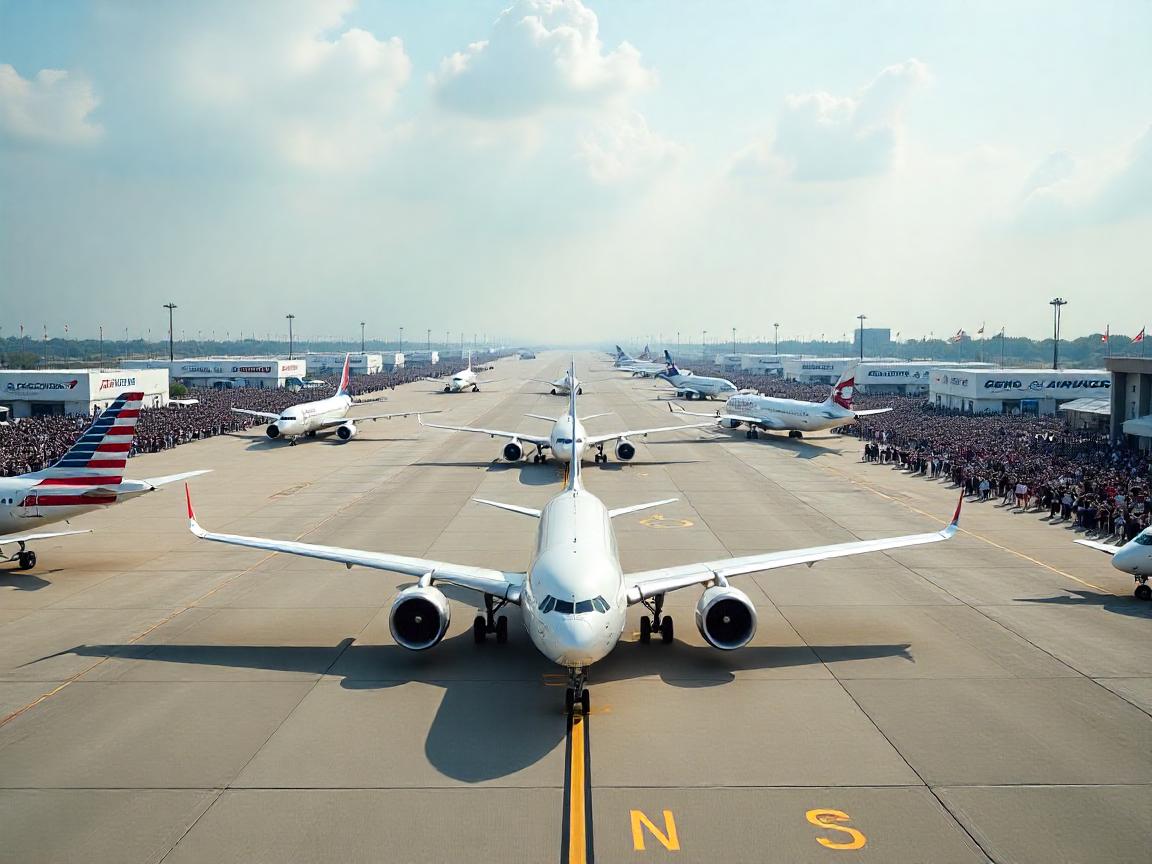British Airways Dreamliner Makes Emergency Turnaround to Heathrow International Airport After Flap Failure Mid-Air, What You Need To Know - Travel And Tour World
Sunday, June 15, 2025

A British Airways Dreamliner bound for Chennai made a dramatic emergency turnaround to Heathrow International Airport after suffering a serious flap failure mid-air. The aircraft, a Boeing 787-8, was cruising when the technical issue struck, forcing the crew to act fast. With fuel tanks full and altitude rising, the situation quickly escalated. As a result, the pilots had no choice but to dump fuel over the English Channel—a rare and alarming procedure.
The turnaround wasn’t just urgent—it disrupted travel across the region. Meanwhile, passengers onboard and those tracking the flight from the ground were left in shock. A flap failure mid-flight is no minor event, especially aboard a long-haul Dreamliner.
Why did this happen? What led to such a dramatic move back to Heathrow International Airport? And how does a fuel dump over the English Channel impact air safety and travel schedules? This incident raises more questions than answers—and the full story is just as intense.
In a dramatic turn of events that disrupted travel plans for hundreds, British Airways flight BA35—operated by a Boeing 787-8 Dreamliner—was forced to abandon its journey to Chennai, India, due to a critical flap system malfunction shortly after takeoff from London Heathrow Airport.
This high-profile incident unfolded mid-morning, leaving passengers and the aviation community stunned. As one of the airline’s key long-haul routes connecting Europe and South Asia, BA35’s emergency diversion not only caused logistical chaos at Heathrow but also raised significant concerns about aircraft reliability, airport response readiness, and future impacts on the India–UK travel corridor.
The Boeing 787-8, registered as G-ZBJG, departed from Heathrow’s Runway 27R and initially climbed as scheduled. However, just after reaching 15,000 feet, the aircraft’s flight crew encountered a flap system anomaly that compromised the aircraft’s aerodynamic configuration—vital for maintaining stability and controlling the climb.
Unable to resolve the issue in-flight, the pilots entered a holding pattern to assess their options. This delay was critical; safety remained the primary concern, but operational decisions had to be swift. After assessing the risks, the crew made the call to turn the aircraft back toward London. However, a fully fueled Dreamliner is far too heavy to land safely without first shedding weight.
In one of aviation’s rare but vital procedures, the flight descended to 12,000 feet and began dumping fuel over the English Channel. This fuel release lasted approximately 30 minutes, a necessary measure to bring the aircraft’s landing weight within safe operational limits.
Though the maneuver is designed to occur away from populated areas and over large bodies of water, the sight of a widebody aircraft circling low and jettisoning fuel triggered unease among aviation trackers and residents along the southern coast of the UK. Social media buzzed with real-time flight data maps and speculation, creating a flurry of concern among frequent flyers and the wider travel community.
After an anxious 105 minutes in the air, the Dreamliner finally made its safe return, landing on Heathrow’s Runway 27L. Emergency response teams were already stationed along the runway, anticipating the possibility of brake overheating or tire stress due to the abnormal landing configuration.
Fortunately, the aircraft taxied to Terminal 5, Stand C66, under its own power, suggesting that the crew had maintained full control despite the mechanical fault. Still, this disruption caused a cascade of cancellations and aircraft reshuffling for British Airways’ tightly scheduled international network.
This sudden cancellation of BA35 represents a major hiccup in one of the busiest and most strategically significant air routes between the UK and India. With summer travel demand surging and UK–India corridors seeing record passenger volumes post-pandemic, any interruption to service reverberates across the tourism, family visit, and business travel sectors.
India is currently one of the fastest-growing inbound and outbound air markets for the UK. Routes like Heathrow to Chennai are not just critical for direct connectivity—they’re also symbolic of broader bilateral ties. The timing could not have been worse, with thousands planning summer holidays, religious pilgrimages, and return visits to families across both regions.
From an airline operations perspective, the flap failure and emergency diversion will prompt an internal investigation into aircraft maintenance cycles and onboard system diagnostics. The 787-8, though part of Boeing’s newer long-haul fleet, has experienced multiple isolated incidents globally—particularly with electrical and hydraulic systems.
British Airways will now have to conduct a full technical inspection of G-ZBJG and possibly reassign a different aircraft to cover the Chennai route in the days ahead. Additionally, passengers booked on BA35 may face extended delays or re-routing through alternate hubs, including Delhi, Mumbai, or Middle Eastern carriers like Qatar Airways and Emirates, which dominate the India–UK segment.
The incident also triggered a short-term bottleneck at Heathrow, already operating near capacity as Europe heads into peak travel season. With the aircraft returning and occupying a prime terminal gate, delays affected not just BA35 but surrounding long-haul departures to Asia and the Americas.
Passenger sentiment online reflected both concern and frustration. Many lauded the professionalism of the flight crew for managing the issue safely, while others voiced worries about frequent mechanical glitches and their impact on traveler confidence.
Meanwhile, Heathrow’s incident response teams, as well as airport coordination units, were placed on high alert—once again demonstrating how single technical issues can ripple across global aviation networks.
This event underscores a key truth in modern aviation: even technologically advanced aircraft like the Boeing 787 are not immune to system failures. For the travel industry, the takeaway is clear—redundancy, rapid response, and transparent communication must remain front and center.
Moreover, airlines operating critical long-haul routes must prioritize preemptive maintenance and invest in enhanced crew training to mitigate risks. The competition on routes like London–Chennai is fierce, and passenger loyalty hinges on safety and reliability.
In a post-COVID world where global travel is rapidly bouncing back, such incidents serve as a reminder of the delicate balance airlines must strike between efficiency and safety. And for the tourism economies of India and the UK, uninterrupted air connectivity is not a luxury—it’s a lifeline.
Tags: aircraft maintenance, airline safety, aviation incident, BA35 Emergency, Boeing 787-8, british airways, chennai airport, english channel, Fuel Dump Procedure, heathrow terminal 5, Indian Tourism, london heathrow, long-haul travel, South Asia Air Routes, Summer Travel 2025, Travel Disruption, UK Tourism, UK–India Flights










